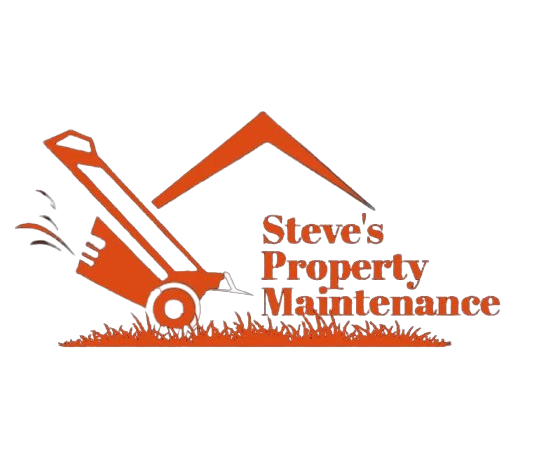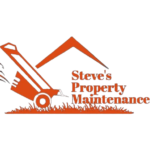Native grasses give many gifts to gardens, nature, and towns.
In this piece, we look at the strong traits of prairie dropseed. We see how it fits with wildlife, backs up living things, and needs little work. Gardeners seeking to lift their yards see its worth.
The Role of Native Grasses
Native grasses like prairie dropseed work hard in nature. They lift soil health, give shelter to animals, and need less work than many garden plants. Urban growth and lost land put strain on nature, so these grasses help hold things together.
Prairie dropseed grows well in the heart of the United States. Human work and lost prairies have put this grass at risk in parts of New England, Pennsylvania, and Ohio.
Traits of Prairie Dropseed
The ‘Tara’ type of prairie dropseed is one form of the plant. It stays half as tall as other forms. This small form fits well in many garden spots, such as edges and small patches. Prairie dropseed likes dry, raised grounds and light, sandy soils. It does not do as well where water sits in heavy soil.
The grass needs full sun. It grows best where rays spread all day long. Gardeners who wish to add color without crowding can plant prairie dropseed at the front of borders. Its fine feel and low height charm the eye.
Wildlife Support and Biodiversity
Planting prairie dropseed helps native wildlife. The grass feeds the young of local skipper butterflies. These butterflies suffer now in places like Minnesota from lost homes. The small young feed on prairie dropseed so they can grow strong.
When gardeners add prairie dropseed, they help save these butterflies and raise the number of living species in their yards. The grown butterflies visit nearby blooms such as echinacea and hyssop. This close tie of plants and wildlife gives nature its strength.
Gardening with Prairie Dropseed
Adding prairie dropseed brings a clear look to your garden. When it sits with other native perennials, the view grows bold. Gardens like Noerenberg Gardens show how grasses and flower plants share space well. Tall grasses such as ‘Blackhawk’ big bluestem stand with small types such as ‘Tara’ dropseed to form a pleasing view.
Planting prairie dropseed with other insect-friendly plants like salvia, foxgloves, and allium makes a place that calls many good insects. This mix lifts the life in your garden.
Conclusion
Prairie dropseed is more than a native grass. It is a part of nature that works well and helps many life forms. It lifts soil, needs little work, and helps at-risk animals. When gardeners add prairie dropseed, they help bring back lost lands and raise life in small spaces.
More people join with nature through gardening. Adding native types like prairie dropseed can shift both personal spaces and our shared nature for the good.
About Steve’s Property Maintenance
Steve’s Property Maintenance is a trusted lawn care and landscaping service provider dedicated to keeping properties in top condition across New London County, Connecticut. With a reputation for reliability, attention to detail, and top-quality service, we specialize in lawn care, yard maintenance, landscaping, power washing, and more. Our team is committed to delivering lush, healthy lawns and pristine outdoor spaces for both residential and commercial clients.
📍 Serving: Norwich, Preston, Groton, Stonington, Waterford, Mystic, and surrounding areas.
📞 Contact us at +1 (860) 847-3441 for a free quote and let us take care of your lawn care needs!

